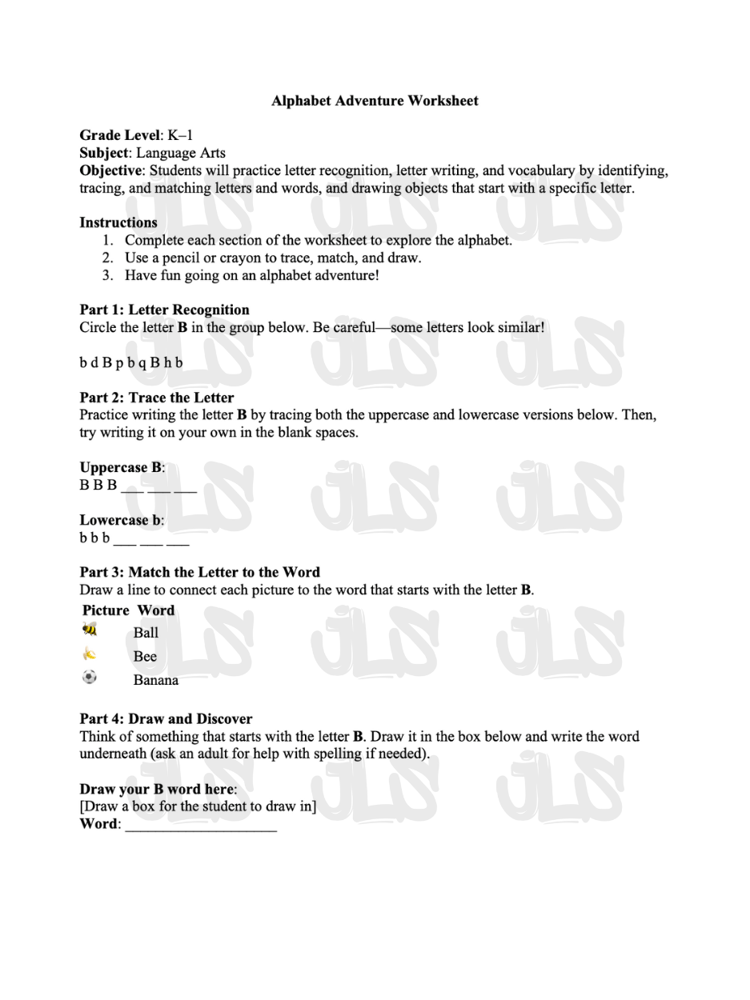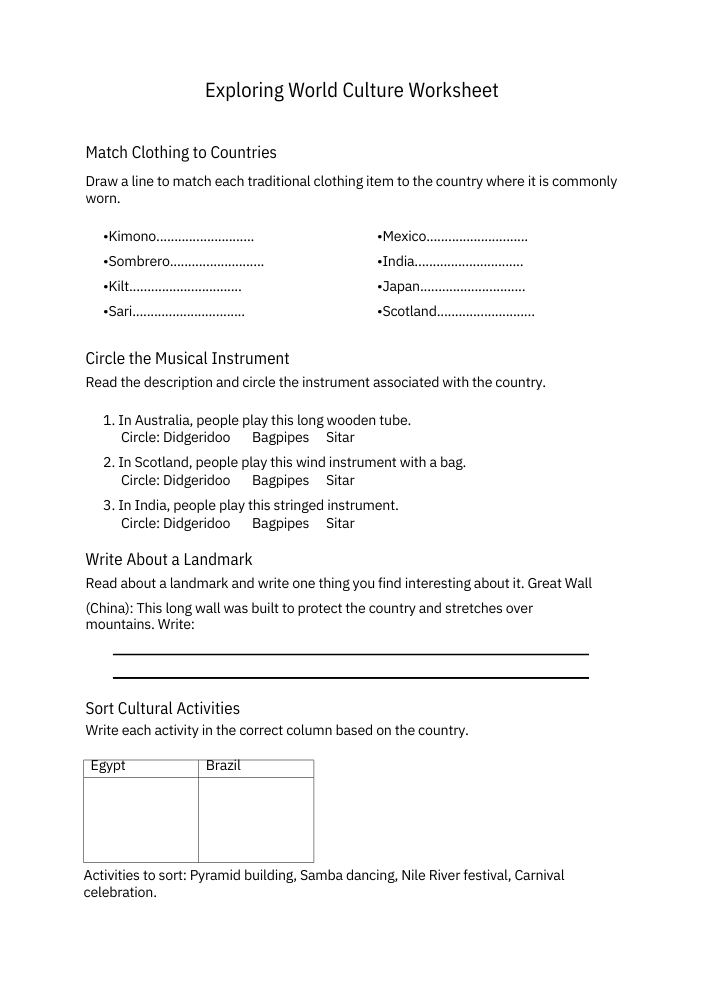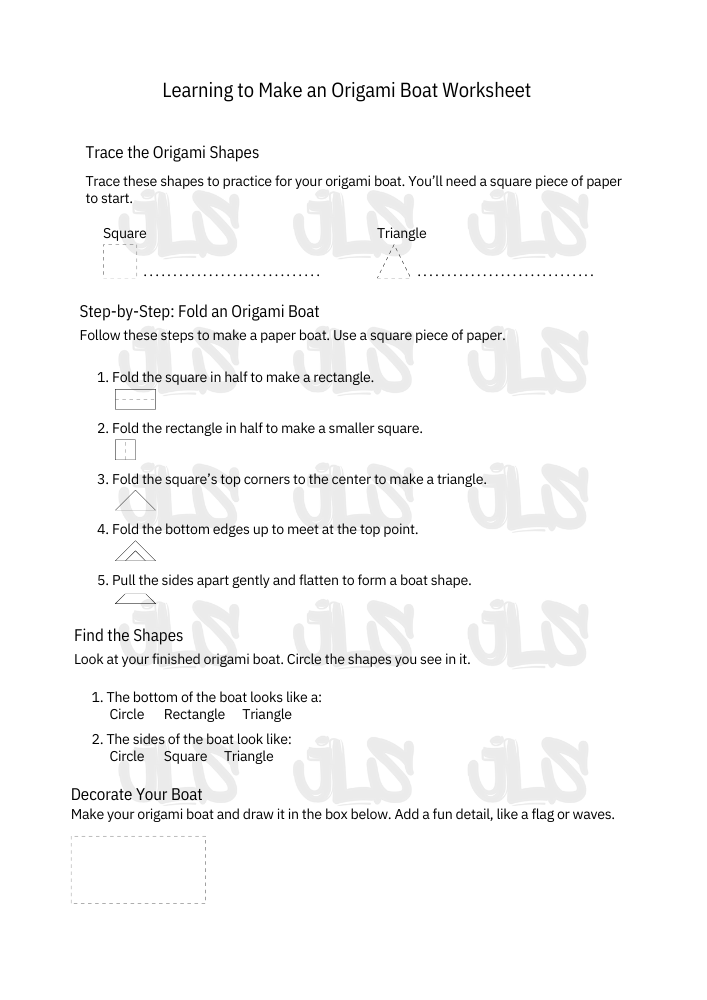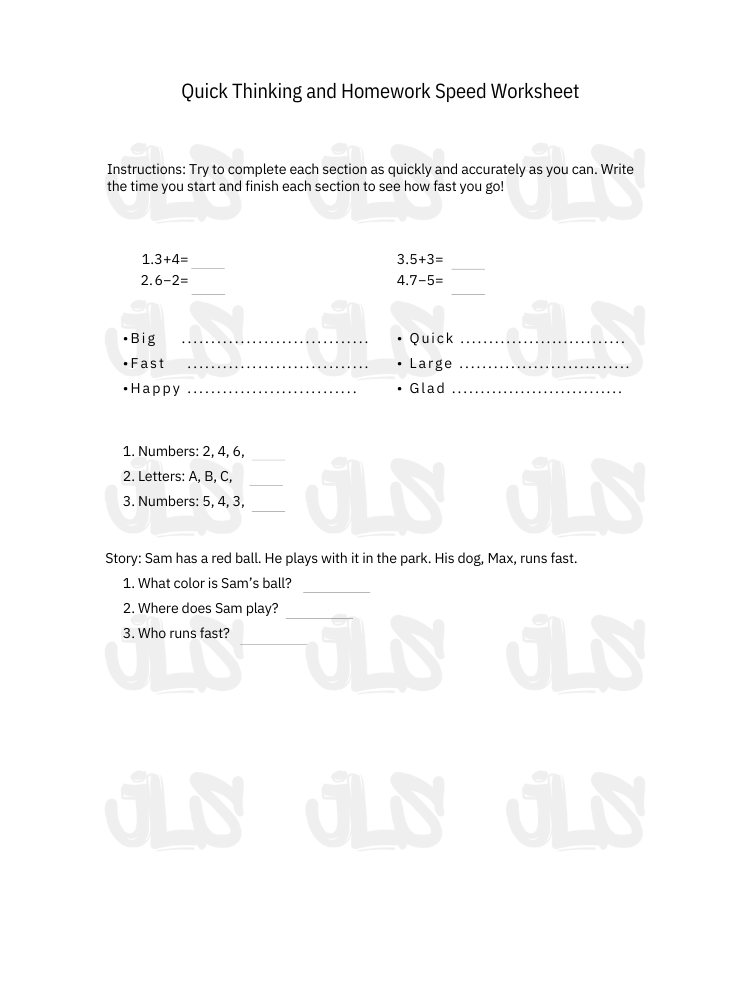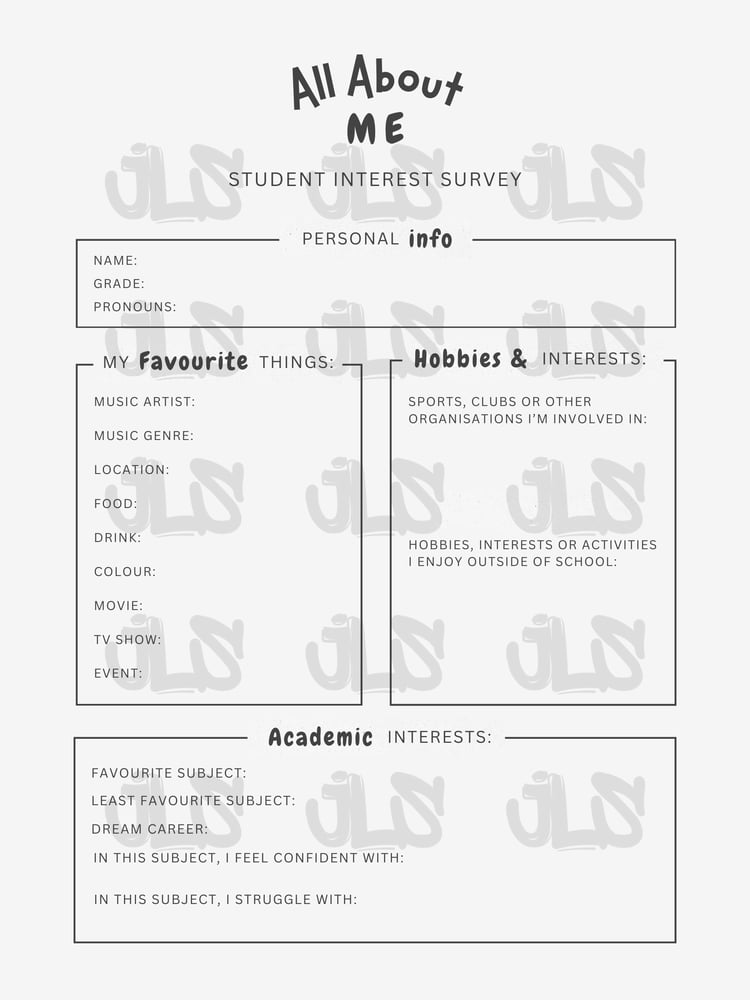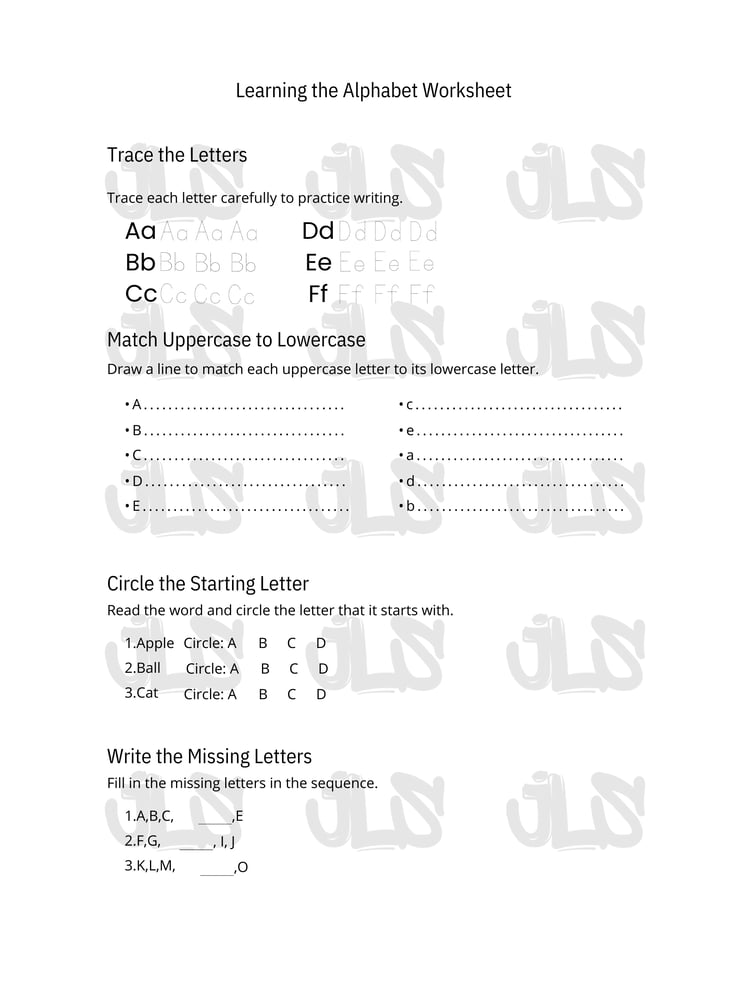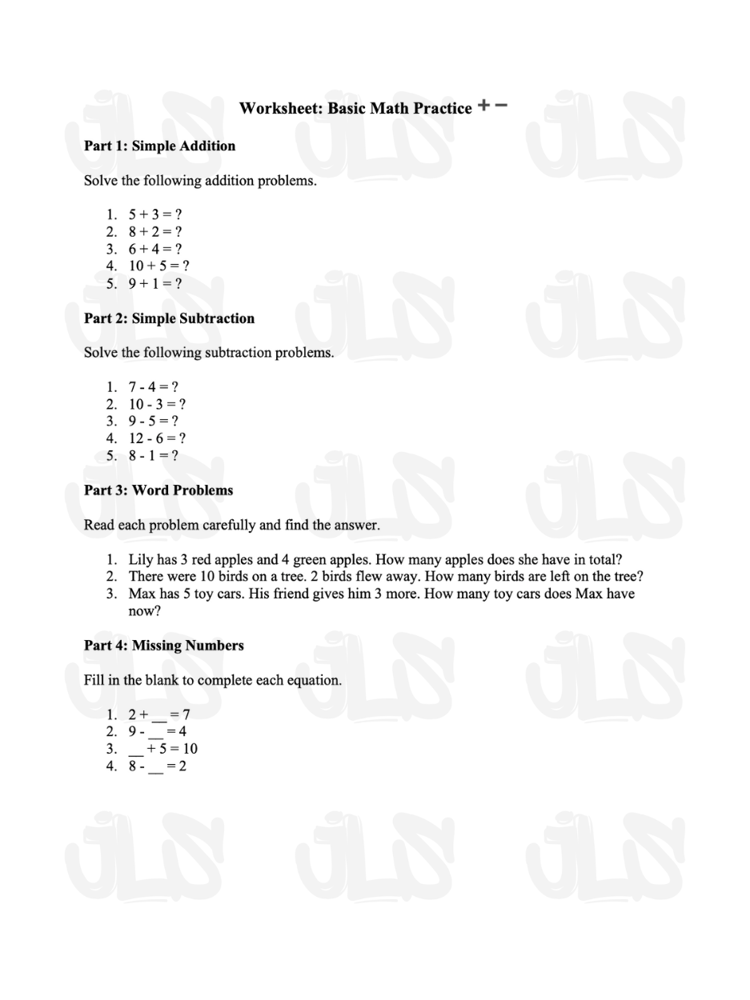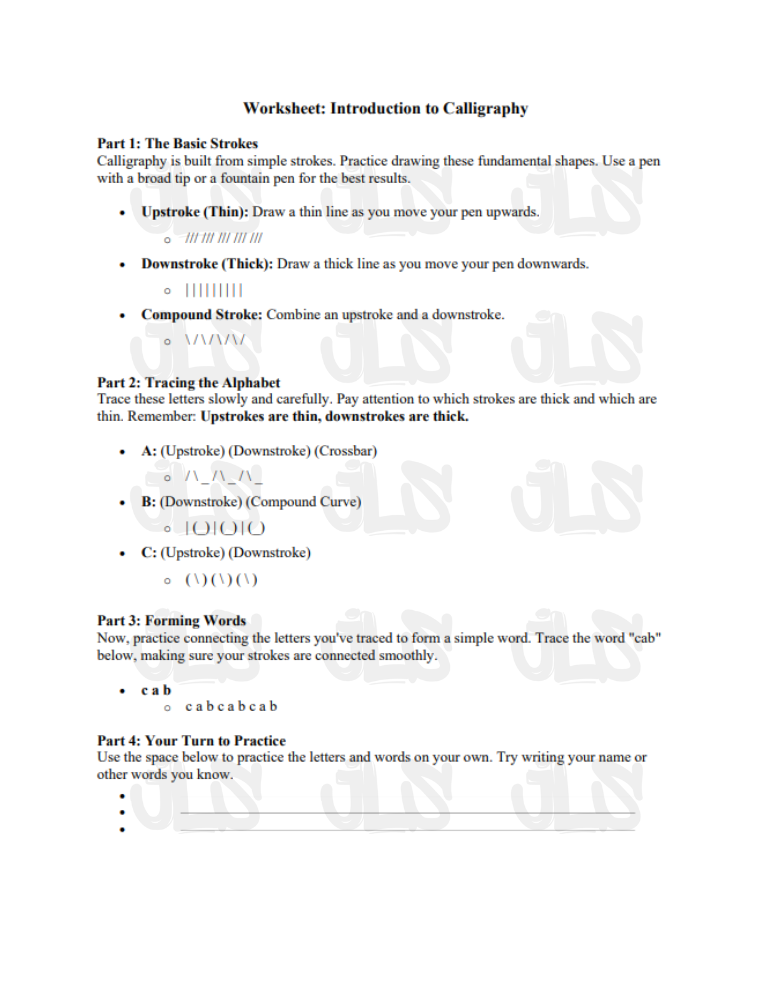
Worksheet: Introduction to Calligraphy
This worksheet is designed to introduce students to the foundational principles of calligraphy. Its primary purpose is to provide hands-on practice for students to learn the basic strokes, apply them to form letters, and then combine those letters into words.
Instructions and Goals by Part
Part 1: The Basic Strokes
Goal: To teach students the two fundamental strokes of calligraphy: the upstroke and the downstroke.
Instructions: Explain that calligraphy is built from simple strokes. Instruct students to use a broad-tip or fountain pen for the best results. They should practice drawing a thin line for the upstroke (moving the pen upwards) and a thick line for the downstroke (moving the pen downwards). The worksheet also introduces a compound stroke, which combines both an upstroke and a downstroke.
Part 2: Tracing the Alphabet
Goal: To help students apply the basic strokes to form individual letters.
Instructions: Guide students to trace the provided letters (A, B, C) slowly and carefully. Remind them to pay close attention to which strokes are thick and which are thin, following the rule: upstrokes are thin, downstrokes are thick.
Part 3: Forming Words
Goal: To transition students from tracing letters to connecting them to form a simple word.
Instructions: Students should trace the word "cab" provided on the worksheet. Emphasize the importance of making sure their strokes are connected smoothly.
Part 4: Your Turn to Practice
Goal: To provide a free space for students to apply their new skills and encourage creativity.
Instructions: Encourage students to use the empty space to practice the letters and words they have learned. Suggest that they try writing their own name or other simple words they know.


